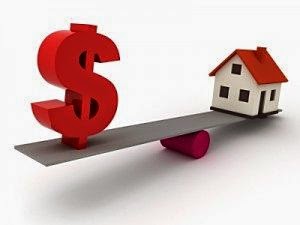Buyer's Market vs Seller's Market
A “Buyer’s Market”
is characterized by a period of oversupply and falling prices. Oversupply means
there are many substitutes, so many sellers are chasing only a few buyers.
Falling prices means there is no urgency for buyers. During a Buyer’s Market,
the buyer holds the power and can negotiate from a position of strength.
A “Seller’s Market”
is characterized by a period of undersupply and rising prices. When supply is
short there are more potential buyers than there are properties for sale. This
forces prices up and gives power back to the sellers. Sellers can hold out and
ask for full list price.
What do the "Comps" look like?
“Comps” are properties that
are comparable to each other – substitutes.
Brokers can create a Comparative Market Analysis (CMA) that compares
properties that have sold recently that are similar to your home.
When selling it is
important to always factor the comps into your decision making process. Comps
will show you approximately what price to list your home for sale.
How many “Days on Market”
have the properties been listed for? If properties have been listed for an
average of several months or years it means they have been difficult to sell.
If properties are selling with only 30-120 Days on Market it means they selling
relatively quickly. Days on Market are a good gauge of demand within a given
market.
Sometimes foreclosure sales and short sales have to be included in the comps. Which can alter the days on market, demand and of course value. That's when I would incorporate other tools and factors to determine a fair market value and optimum selling price for a homeowner. Analyzing the market is different than providing a CMA, so it's in the homeowner's best interest to work with a REALTOR® that really understands the market. For more information on selling your home, give me a call 910.545.0450! I'd love to help!

No comments:
Post a Comment